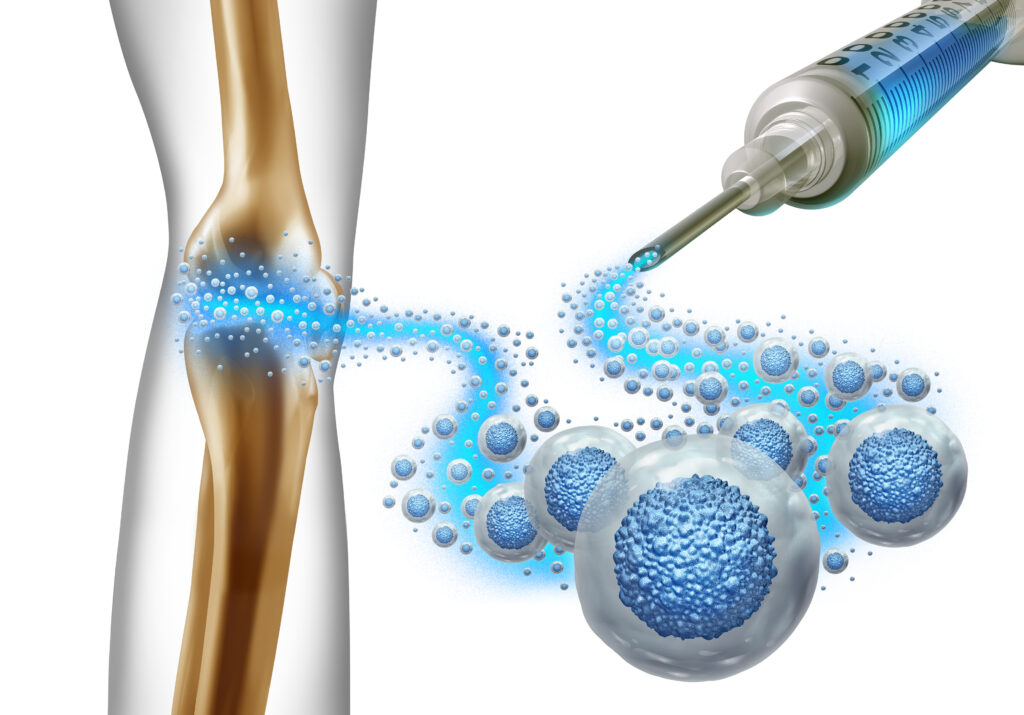In recent years, posttraumatic osteoarthritis (PTOA) has emerged as a significant challenge for patients recovering from intra-articular injuries. This debilitating condition can severely hinder recovery and quality of life. A new study conducted by Chia Tai, Akira Ito, Zixi Zhao, Hiroshi Kuroki, and Tomoki Aoyama from the Department of Motor Function Analysis at the Graduate School of Medicine, Kyoto University, seeks to address this issue by exploring the potential of bone marrow-derived mesenchymal stem cells (BMSCs) as a treatment option.
The study focuses on the role of mechanical stimulation in the progression of PTOA. Specifically, it aims to investigate how cyclic loading contributes to the condition and evaluate the effectiveness of BMSC implantation in a rat model subjected to low mechanical compression. The findings from this research could pave the way for more effective therapeutic strategies for managing PTOA.
PTOA is often a consequence of joint injuries that lead to inflammation and, ultimately, cartilage degradation. The mechanical stress experienced during activities can exacerbate these conditions, making it crucial to find ways to mitigate the effects of such stress on the joints. Currently, treatment options for compression-induced injuries are limited, which is why the exploration of BMSCs offers hope for new therapeutic avenues.
BMSCs are known for their regenerative properties and ability to differentiate into various cell types, including those that make up cartilage. By introducing these cells into the joint environment affected by PTOA, the researchers aim to facilitate healing and potentially slow the degeneration of joint tissues.
The study’s methodology involves carefully controlled experiments with rat models that simulate the conditions of PTOA induced by cyclic loading. By comparing the outcomes of BMSC implantation against control groups, the researchers hope to demonstrate the biological mechanisms through which these stem cells can exert their effects.
This research is significant not only for its potential clinical implications but also for the understanding of the underlying mechanisms of PTOA. As the scientific community continues to unravel the complex interactions between mechanical forces, cellular behavior, and joint health, studies like this one represent a critical step towards developing effective interventions for joint diseases.
In conclusion, the innovative approach of utilizing BMSCs to combat PTOA highlights a promising direction in orthopedic research. With continued exploration and validation, this strategy could lead to improved outcomes for patients suffering from the long-lasting impacts of joint injuries. The contributions of Chia Tai, Akira Ito, Zixi Zhao, Hiroshi Kuroki, and Tomoki Aoyama are essential in this ongoing journey toward better treatment options and enhanced recovery for those affected by PTOA.


